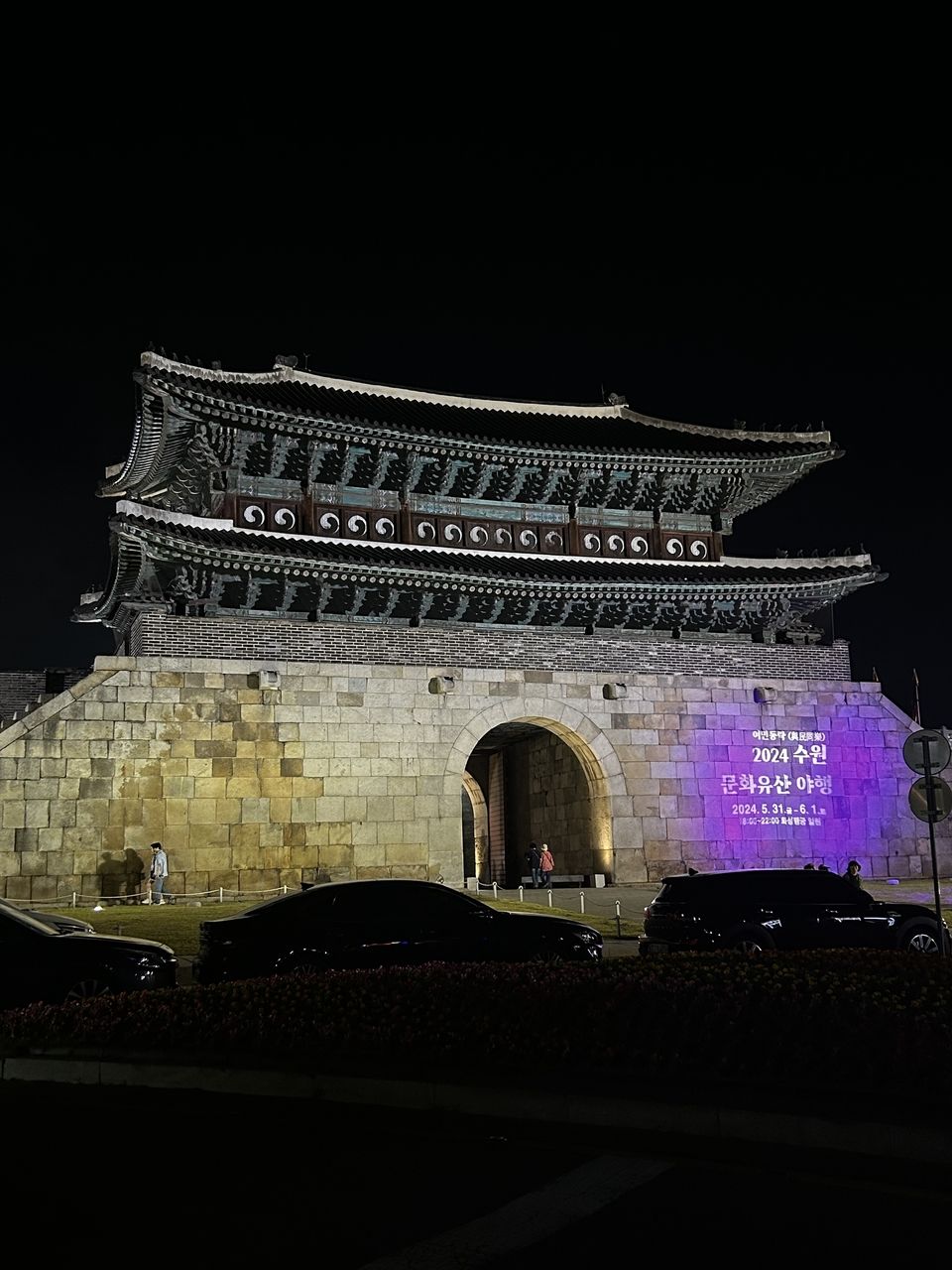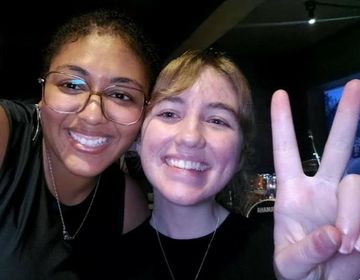City Profile - Suwon, South Korea
Even though I live in Seoul, I started my teaching journey in Suwon. Let’s take a virtual tour of Suwon and see what it has to offer.
Located 30 minutes outside of Seoul (via Shinbundang Line on the subway), Suwon, also known as the Human City, is one of the larger cities in Korea outside of Seoul and Busan. Life in Suwon is a bit slower paced and a bit more relaxed than life in Seoul. While there is still a sense of the 빨리빨리 culture that is know everywhere in Korea, I like to think that people in Suwon are a bit more relaxed and laid back.
Suwon is also often called the “Ancient City” as different parts of the city are surrounded by the Hwaseong Fortress walls, with many people living and working within the outer walls and gates of the fortress. If you ever visit Suwon, you will notice that all of the city logos have the Hwaseong Gate, which serves as a symbol for the city.
Fun fact: During the Joseon Era, Suwon became the capital of South Korea for a period of time, after King Jeongjo moved his father’s tomb to the city.
If you do happen to visit Hwaseong Fortress, be sure to hop on the famous hot air balloon! The ride is only 8,000KRW and lasts about 10-15 minutes. After your hot air balloon ride, you can pop into a convenience store for some snacks and have a small picnic on the hill. Around Korean holidays, the Fortress will put on culture festivals that showcase ancient Korean culture through sporting games like archery and spear throwing to song and dance performances about life in Joseon Era.

One of the newer parts of the city is Gwanggyo and it’s known as an edu/techno valley. This simply means that there are more schools and hagwons as well as a number of tech and start-up companies there. This is where I worked for three years at a hagwon. Lots of the families in this area have more than one child, so you might get to teach many sets of siblings if you work in Gwanggyo.

Gwanggyo is also home to some of Korea’s universities with open campuses. You can easily walk around campus and find a good spot to study up on your Korean or have a picnic with friends. Not interested in the outdoors? Then head on over to the Gwanggyo Galleria or Suwon Convention Center for some shopping or to see the latest art exhibit. While in Gwanggyo, don’t forget to take a little trip down to Gwanggyo Alleyway for their weekend Day and Night Markets. There are tons of local vendors and lots of restaurants to grab a bite to eat at. If you visit during a major holiday like Halloween or Christmas, you can take part in the festivities and games that the Alleyway sponsors.

Because of Suwon’s unique location, it is basically a connecting city to other parts of Korea. From Suwon station, you can ride either Line 1 to Incheon, the Suinbundang Line to Apgujeong, or take the KTX all the way down to Busan. Suwon Station is also home of the Suwon Bus Terminal which allows you to hop on buses that take you all over, including Seoul, Yongin Folk Village, and Everland.


But don’t feel like you need to leave Suwon to have fun. In fact, there is a lot to do at Suwon Station itself. There is an underground shopping area, AK Plaza (the mall), and all the shops and cafes outside of the station.

Want to have a Hongdae nightlife experience but don’t feel like traveling all the way from Suwon to Seoul? No problem. Hop on a bus and head on over towards Downtown Suwon and Suwon City Hall Station. There you will find Ingyedong - the Hongdae of Suwon. This is where the nightlife is at, with bars, pubs, cafes, clubs, and photo booths around every corner. This is actually where I used to live and where my old coworkers and I would come and hang out during the weekend. It’s also filled with cool places to shop and lots of different types of restaurants that run 24 hours. Many of the same places you might find in Hongdae or Itaewon will have branches in Ingyedong as well!

Now that we covered all the fun stuff, let’s talk about living in Suwon.
Because Suwon is a smaller city in comparison to Seoul, there are less people living there, which sometimes means less foreigners living there. However, I wouldn’t be too worried about this as this might be a good way to make more Korean friends and practice your Korean skills. Don’t be surprised if you start seeing the same people everyday, especially around your neighborhood. You might even make friends with local business owners and community members!
The cost of living in Suwon is also a lot less expensive in comparison to Seoul. Of course, it all depends on the area of Suwon in which you are living. When I first came to Korea, I lived within the fortress walls in a neighborhood called Umandong. Here, the buildings were a lot older and there was more of an older population there with some families sprinkled here and there.

Because I was living in this area, my expenses were very minimal. The most I ever spent on an electricity bill was 50,000KWR during the summer time with the AC running all day and night. The most I’ve ever spent for gas was about 28,000KWR, even with the floor heater on during the winter time.
Food was also less expensive in Suwon, as it was easier to shop locally from farmers and in the local/traditional markets. Many of these small mom and pop type of market shops will often give you “service” or free items for shopping with them. Delivery services were also a bit less expensive than in Seoul, however delivery times took a lot longer than in Seoul.
Fun Fact: Suwon is the birthplace of galbi (갈비) or marinated beef ribs! While it can be a bit pricey, it’s definitely worth the money. Trust me, it’s absolutely delicious!

One of the harder things about living in Suwon was getting a taxi. Getting a taxi, whether you were hailing one from the street or using KakaoTaxi, took FOREVER. This is because the taxi drivers union in Suwon is only allowed to use specially marked “Suwon Taxi” cars. They will drive you to Seoul or Incheon if need be, but these special taxis are usually meant to be used in the Suwon area.
Suwon, with its blend of ancient history and modern developments, offers a unique glimpse into Korean culture beyond the bustling streets of Seoul. Known for its tranquil pace of life and the majestic Hwaseong Fortress, Suwon stands as a testament to Korea's rich heritage. Whether exploring the fortress's grand gates or enjoying the vibrant nightlife of Ingyedong, visitors and residents alike can find a balance of tradition with innovation in Suwon.
Related Posts
How to Go to the Doctor in South Korea as an English Teacher: A Guide to Healthcare and Health Insurance
As an English teacher in South Korea, maintaining good health is essential while living abroad. Navigating the healthcare system can seem daunting and stressful at first, especially if you can’t... keep reading
CIEE CHINGU – A Partner Program for Teachers in Korea
Chingu ( 친구 ) is the Korean word for friend . CIEE Chingu is a partner program included in CIEE’s Teach in South Korea programs! Our goal is to connect... keep reading
TWICE with CIEE: Kayleigh in Korea (PART 1)
Kayleigh is a CIEE alum who participated in CIEE's Teach in South Korea program AND CIEE’s Teach in Spain Volunteer program! CLICK HERE to read her experience in Spain. WHY... keep reading




